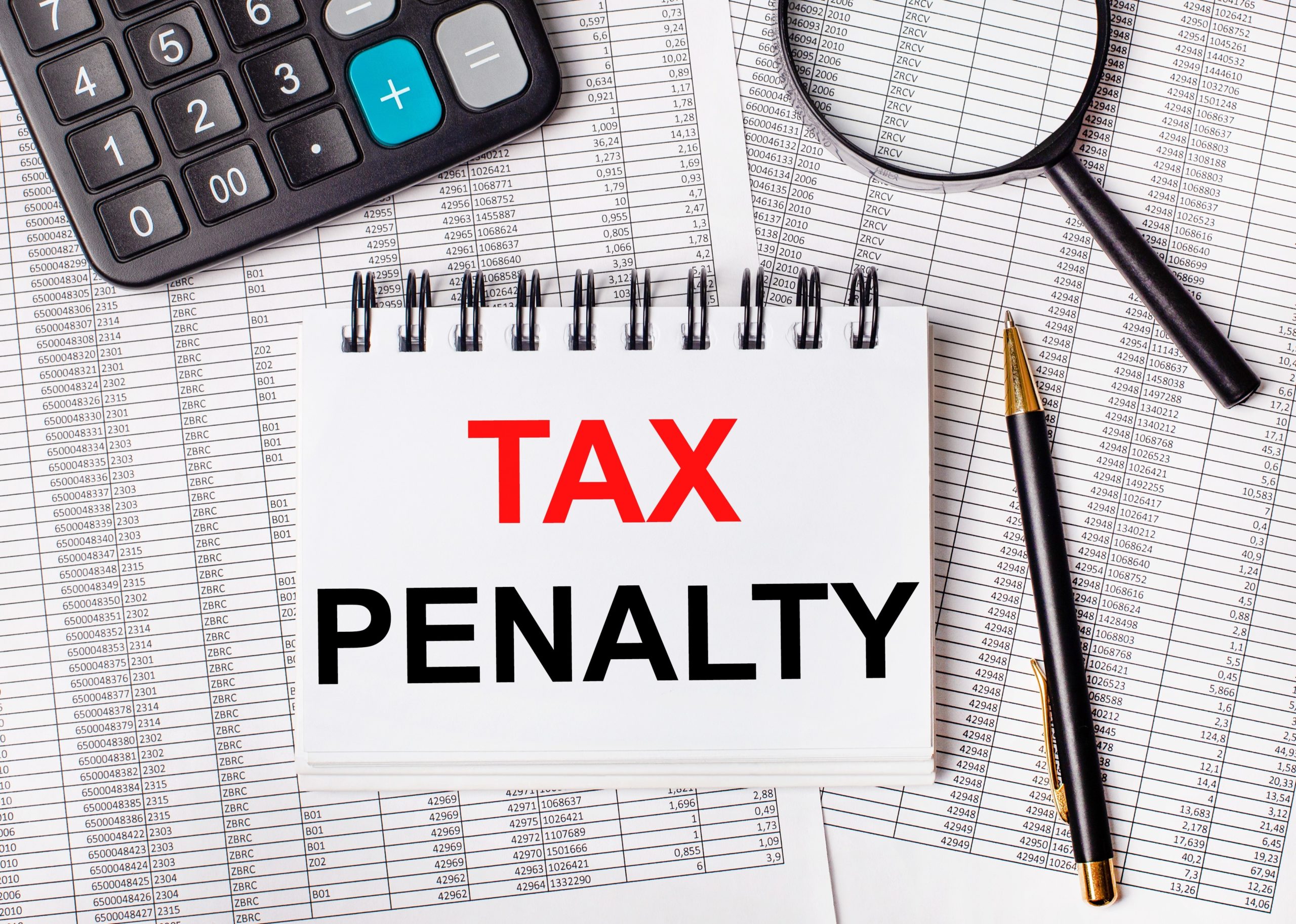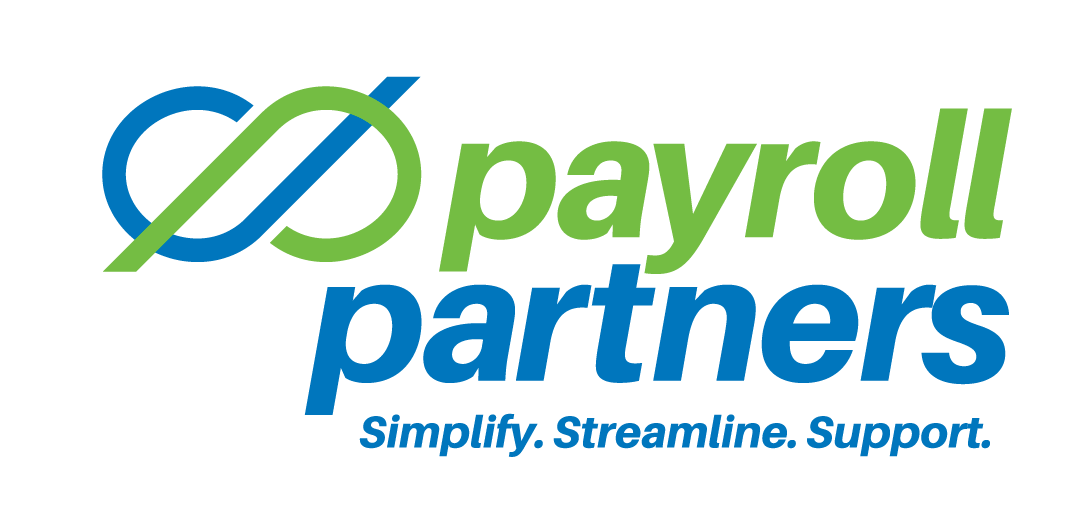
14 Jan IRS reminder to many: Make final 2021 quarterly tax payment by Jan. 18; avoid surprise tax bill, possible penalty
WASHINGTON − The IRS urges taxpayers to check into their options to avoid being subject to estimated tax penalties, which apply when someone underpays their taxes. Taxpayers who paid too little tax during 2021 can still avoid a surprise tax-time bill and possible penalty by making a quarterly estimated tax payment now, directly to the Internal Revenue Service. The deadline for making a payment for the fourth quarter of 2021 is Tuesday, Jan. 18, 2022.
Income taxes are pay-as-you-go. This means that taxpayers need to pay most of their tax during the year as income is earned or received. There are two ways to do this:
- Withholding from paychecks, pension payments and some government payments, such as Social Security benefits or unemployment compensation. Most people pay their tax this way.
- Making quarterly estimated tax payments throughout the year to the IRS. Self-employed people and investors, among others, often pay tax this way.
Act now to avoid a penalty
Either payment method–withholding or estimated tax payments–or a combination of the two, can help avoid a surprise tax bill at tax time and the accompanying penalty that often applies.
If a taxpayer failed to make required quarterly estimated tax payments earlier in the year, making a payment soon to cover these missed payments will usually lessen and may even eliminate any possible penalty. Because the penalty calculation considers the date on which the payment or payments were made, even making a payment now, rather than waiting until the April filing deadline, often helps.
Who needs to make a payment
People who owed tax when they filed their 2020 tax return may find themselves in the same situation again when they file for 2021. This will likely be true, especially if they failed totake action to avoid another shortfall by increasing their withholding during 2021.
People in this situation often include those who itemized in the past but are now taking the standard deduction, two wage-earner households, employees with non-wage sources of income and those with complex tax situations.
In addition, families who received advance payments of the Child Tax Credit during 2021 but don’t expect to qualify for the credit when they file their 2021 return, may need to make an estimated tax payment.
Additional points to consider:
- Most income is taxable. Besides wages, interest and other investment income, which also includes income related to virtual currencies, refund interest and income from the gig economy are taxable.
- Unemployment compensation is fully taxable in 2021. The American Rescue Plan Act of 2021 allowed an exclusion of unemployment compensation of up to $10,200 for 2020 only. Often, this means that an estimated tax payment should be made, especially if no federal income tax was withheld from these payments.
- Various financial transactions, especially late in the year, can often have an unexpected tax impact. Examples include year-end and holiday bonuses, stock dividends, capital gain distributions from mutual funds, and stocks, bonds, virtual currency, real estate or other property sold at a profit.
The Tax Withholding Estimator, available on IRS.gov, can often help people determine if they need to make an estimated tax payment.
Alternatively, taxpayers can use the worksheet included with estimated tax form 1040-ES, also available on IRS.gov. In addition, Publication 505, Tax Withholding and Estimated Tax, has additional details, including worksheets and examples, that can be especially helpful to those who have dividend or capital gain income, owe alternative minimum tax or self-employment tax, or have other special situations.
How to make an estimated tax payment
The fastest and easiest way to make an estimated tax payment is to do so electronically using IRS Direct Pay. Taxpayers can schedule a payment in advance for the January deadline.
Taxpayers can now also make a payment through their IRS Online Account. There they can see their payment history, any pending or recent payments and other useful tax information.
The IRS does not charge a fee for these services. Plus, using these or other electronic payment options ensures that a payment gets credited promptly.
For information on other payment options, visit IRS.gov/payments.
Planning ahead
Though it’s too early to file a 2021 return, it’s never too early to get ready for the tax-filing season ahead. For more tips and resources, check out the Get Ready page on IRS.gov.
Original content by irs.gov. This information is provided with the understanding that Payroll Partners is not rendering legal, human resources, or other professional advice or service. Professional advice on specific issues should be sought from a lawyer, HR consultant or other professional.


